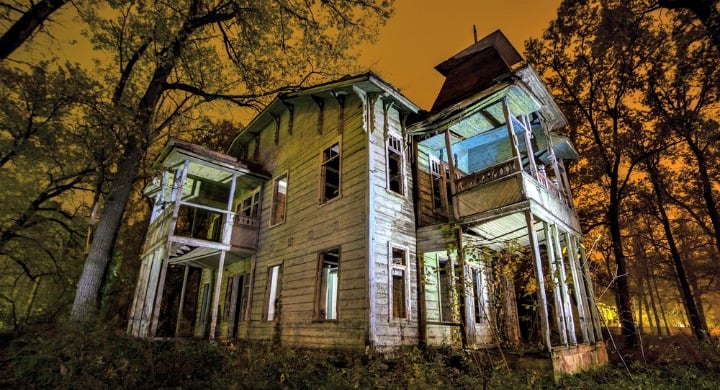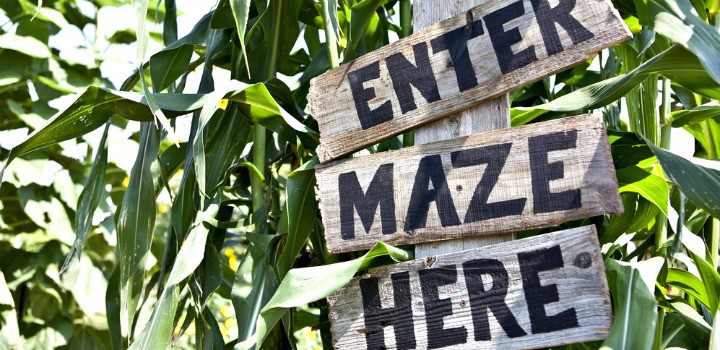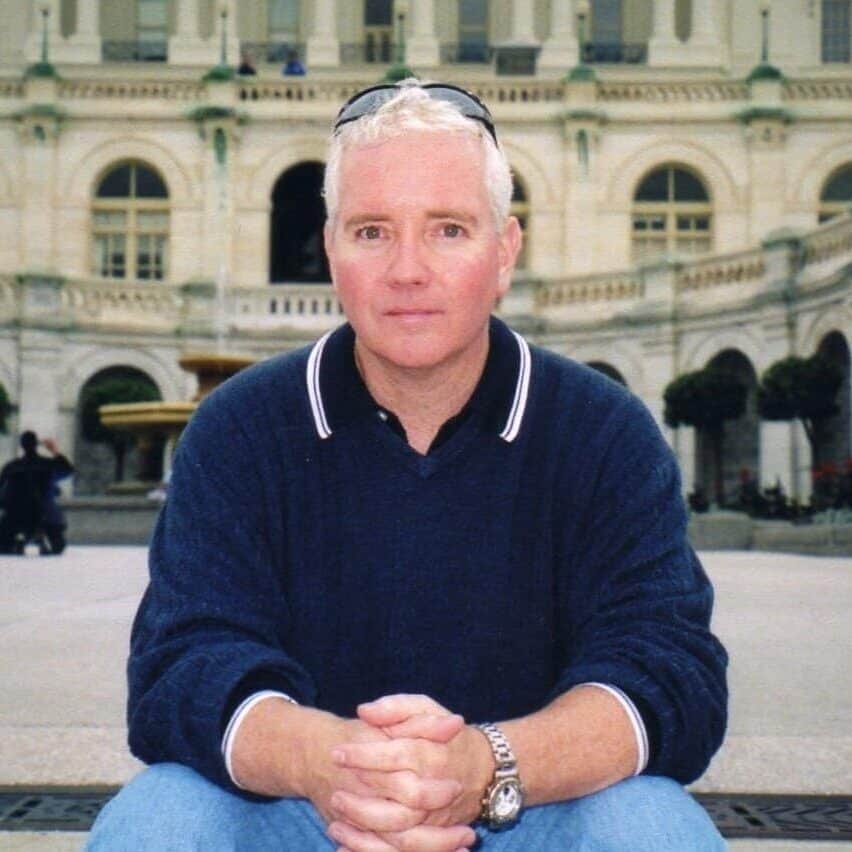Hosting a Haunted House? Not Having Insurance Is a Scary Thought

Trick-or-treating may be the best-known Halloween tradition, but visiting a haunted house also has become an annual ritual for many spooky revellers. However you choose to celebrate, there’s no mistaking it — Halloween is big business.
Haunted houses and Halloween events are now a $10 billion, according to Hauntworld.com, a website that directs consumers to find and review Halloween attractions around the world.
“Visiting a haunted attraction is now the single most popular way to celebrate the holiday,” says Larry Kirchner, Hauntworld.com founder.
Despite the scary nature of the business, safety should always be a top concern. That means having the right insurance.
Insurance agent Ken Donat of Donat Insurance in New Lisbon, Wisconsin, started insuring haunted houses more than 20 years ago after a friend asked him to insure a haunted house in neighboring Illinois.
He’s been a captive audience ever since.
“It’s been a very safe industry if you know what you are doing, and if you do everything right and you make everything safe,” Donat said at a recent Hauntworld event. This includes acquiring the proper building permits and adhering to local fire safety regulations.

Donat Insurance offers coverage for a variety of attractions, such as escape rooms, corn mazes and fall festivals.
Any scary claims stories? Not so far.
“Knock on wood, we’ve never had any serious claims,” he says.
Whatever reason you find yourself hosting a haunted house, caution is key. Dimly lit corridors and heart-stopping surprises could generate a new kind of nightmare for those who don’t plan ahead.
According to Americahaunts.com, the typical haunted house attraction averages around 8,000 paid guests. This leaves a frightening amount of room for liability. Particularly scary phenomena include strobe lights, which can induce seizures, sharp corners, heart-stopping surprises and creepy staircases.
Charging admission for a haunted house or other entertainment is often considered a business activity and it becomes important to have proper insurance coverage.
Safety tips for haunted housekeepers
Before you wimp out on your haunted house, chat with an expert about the possibilities. Reducing risks means reducing costs, and many underwriters can help you work out safer ways to set up your attraction and keep costs under control.
Initial recommendations include:
- Ensure all electrical wiring is current and meets local codes, and that the building has a current inspection certificate.
- Use artificial fog carefully in a well-ventilated area, or not at all.
- Instruct all actors and volunteers never to touch guests.
- Add adequate floor and exit lighting.
- Keep exits and pathways clear to prevent tripping.
- Strobe lights, if used, should be aimed at objects and away from people, as they can cause seizures for some.
- Stairs are discouraged, but if they are necessary, make sure they are well lit with handrails if possible.
- Tunnels or anything requiring crawling are not recommended.
- Clearly mark any hazards and all exits with signs.
Other factors considered high risk include slides, steep ramps, moving floors, empty hangmen ropes, use of pyrotechnics, knives or sharp objects or mechanical devices.
Once you’ve removed as much risk as possible, you’re ready to shop for affordable coverage.
Haunted house Insurance 101
Your regular agent may be confused at the mention of haunted house insurance, but the availability of special event insurance is not rare. Some companies categorize it under “Halloween Insurance,” along with policies that cover pumpkin patches, hayrides, corn mazes and “zombie runs” — which have become popular in recent years.
Among the more typically sought out insurance for haunted attractions is “special events accident and liability insurance,” and policies can be written for a single day or for large promotions that last months. The length of the event, of course, along with logistics and safety precautions all affect the cost of a policy, but they can range from a couple hundred dollars to as much as $20,000.
Before you seek out an individual policy, however, find out if it’s possible to pump up the policy that your group already carries year-round. Lumping the extra coverage in it in with your regular events coverage can avoid extra expense of buying it separately.
In addition to the length of the event, insurers look at a number of factors when calculating premiums. The exact risk is hard to determine, so the insurer will likely charge a premium it feels will still be profitable. The number of guests expected or anticipated gross sales may be factors, or large haunted houses might be rated on the basis of receipts.
While many policies cover patrons only, it’s a good idea to look at those covering staff or volunteers, since it isn’t uncommon for a frightened person to accidentally harm an actor.
Public attractions need special insurance
Haunted houses are unique from other types of businesses when it comes to property insurance, because most business don’t involve customers scared out of their wits, running amok inside.
Unlike regular wear and tear, haunted houses see a large amount of foot traffic in a short time, and many of those are children and teenagers.
After costs of special effects, decor, props, costumes and advertising, running a haunted house event is not cheap, either. Because of the expense, having good property damage insurance is non-negotiable.
Aside from liability and property damage, other types of insurance available for temporary haunted house events include liquor liability, participants and spectators medical, rented property insurance and event cancellation, among others.
Done the right way, a haunted house can be fun for all involved, instead of a total nightmare for your organization.

Overall Halloween safety tips
If you skip the haunted house, don’t skip general safety guidelines. Halloween festivities and gatherings should be approached with caution. Here are a few tips to keep this holiday safe:
1. Limit the potential for danger.
Remove lawn tools or items that can cause people to trip and get injured, and keep your home well lit on Halloween night. Consider keeping your dog away from the front door to keep trick-or-treaters from being bitten or injured.
2. Be a safe pedestrian.
Have children use sidewalks and designated crosswalks. Do not cut across yards or driveways. Carry flashlights to see and be seen.
3. Choose the costume wisely.
Make sure that costumes fit properly (to avoid tripping), and that masks, hats and face paint don’t block vision. Have children wear sturdy, slip-resistant shoes to avoid falls.
4. Reduce fire risk.
Costumes should be flame-retardant. Use non-flammable light sources, like glow sticks and artificial lights, in pumpkins. Keep an eye on lit candles in pumpkins, on porches and inside the home.
5. Carve carefully.
Use a pumpkin-carving kit, and let children use carving devices designed for kids – with parental supervision.
6. Watch the temperature.
Avoid skimpy costumes — no matter how cool or cute — if Halloween is going to feel less like fall and more like winter. In 2011, a surprise snowstorm hit the Northeast the weekend before Halloween, causing temperatures to fall. This year, if temperatures are expected to drop in your town, bundle up to avoid hypothermia or frostbite.
